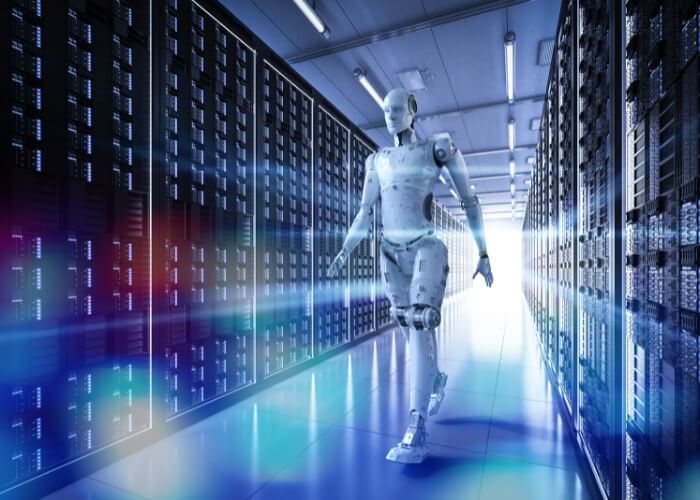Discuss cutting-edge products designed for modern data centers.
The Need for Innovation in Data Centers
As global demand for data and digital services surges, data centers are evolving to handle unprecedented workloads while addressing challenges related to energy consumption, space constraints, and environmental impact. Embracing innovative solutions in data center design, cooling, energy management, and operational efficiency is crucial to meet these demands sustainably. Here, we explore the cutting-edge solutions redefining how data centers operate and how they’re enabling a more connected, efficient world.
Modular Data Centers: Scalability with Speed and Efficiency
Modular data centers provide a flexible, scalable solution that can be rapidly deployed to meet growing data needs. Designed as prefabricated units, they allow for easy expansion and quick installation, making it possible to build infrastructure without lengthy construction projects. These modular systems are especially useful for businesses with evolving data requirements or in remote locations, where traditional data center builds may not be feasible.
Edge Computing: Bringing Data Processing Closer to the Source
Edge computing is revolutionizing data center operations by processing data closer to the source rather than relying solely on centralized data centers. This reduces latency, enhances speed, and enables real-time data processing, which is vital for applications such as IoT, autonomous vehicles, and AI-driven analytics. Edge data centers can be smaller, more energy-efficient facilities located near end-users, reducing the load on central data centers.
Advanced Cooling Techniques: Reducing Energy Usage and Environmental Impact
Cooling is one of the most significant energy expenditures in data centers. Innovative cooling solutions, such as liquid cooling, free-air cooling, and immersion cooling, are now being implemented to maintain optimal temperatures with minimal environmental impact. Liquid cooling, for instance, is highly efficient at transferring heat away from servers, using less power than traditional air cooling.
AI and Machine Learning for Smart Data Center Management
Artificial intelligence (AI) and machine learning (ML) are transforming data center management by automating monitoring, predictive maintenance, and energy optimization. AI-driven systems can analyze massive amounts of data to predict hardware failures before they happen, optimize server loads, and dynamically adjust power and cooling levels to match usage patterns.

Renewable Energy Integration: Powering Data Centers Sustainably
As data centers consume vast amounts of power, integrating renewable energy sources such as solar, wind, and hydro is becoming a priority. Many data centers are shifting towards renewable energy or are powered by energy purchase agreements (EPAs) with clean energy providers. This not only helps reduce carbon emissions but also provides long-term cost savings and supports global sustainability goals.
DCIM (Data Center Infrastructure Management) Tools: Enhancing Visibility and Control
Data Center Infrastructure Management (DCIM) tools offer real-time insights into data center performance, energy consumption, and environmental conditions. By providing centralized monitoring and control, DCIM systems enable facility managers to optimize resources, prevent inefficiencies, and improve overall performance. These tools are increasingly incorporating AI for predictive analytics, making it easier to detect and respond to potential issues before they escalate.
Green Building Standards and Certifications
Adopting green building standards like LEED (Leadership in Energy and Environmental Design) and energy certifications helps data centers reduce their environmental impact. LEED-certified data centers adhere to strict guidelines on energy efficiency, water usage, and waste management, supporting sustainability while meeting industry regulations. These certifications not only reflect environmental responsibility but also appeal to clients and partners focused on sustainability.
Automation and Robotics for Improved Maintenance and Operations
Automation and robotics are increasingly being used to streamline routine tasks within data centers, from equipment maintenance to monitoring systems. Robots can perform repetitive or high-risk tasks, reducing the need for human intervention and minimizing errors. Automation also improves operational efficiency, making it easier to maintain high standards of service delivery with minimal downtime.




